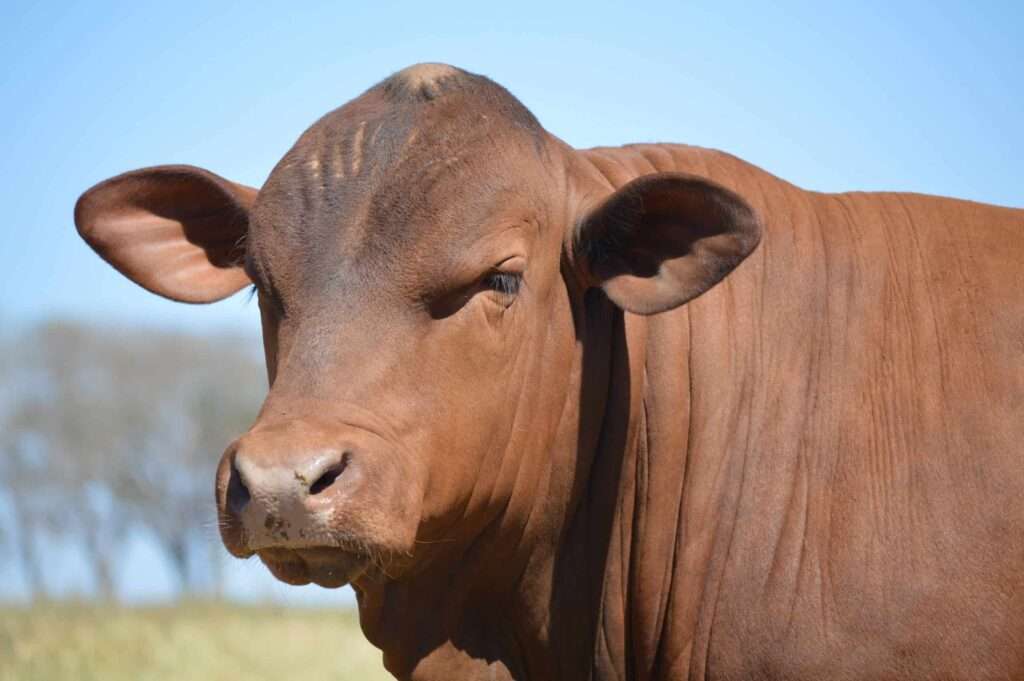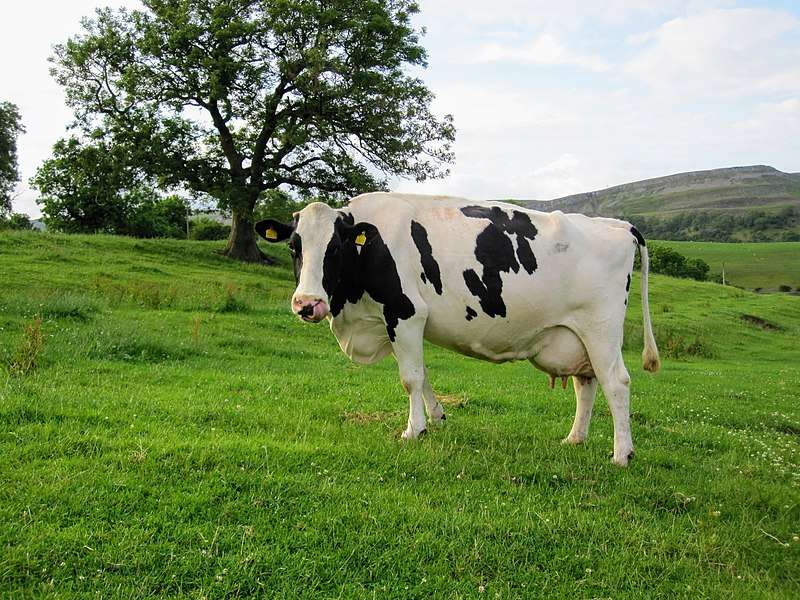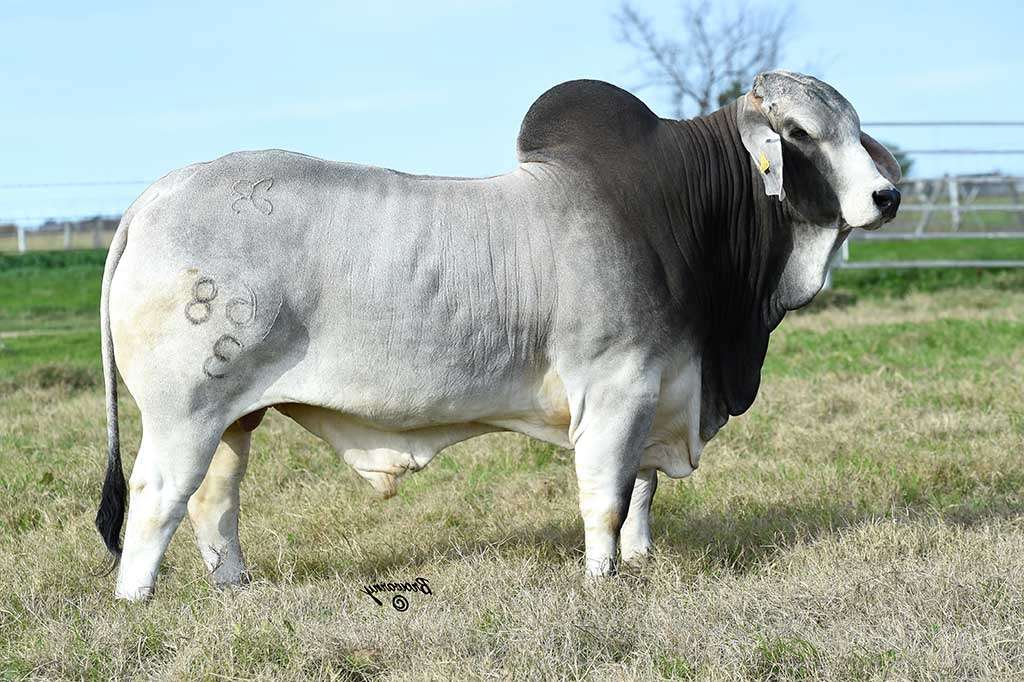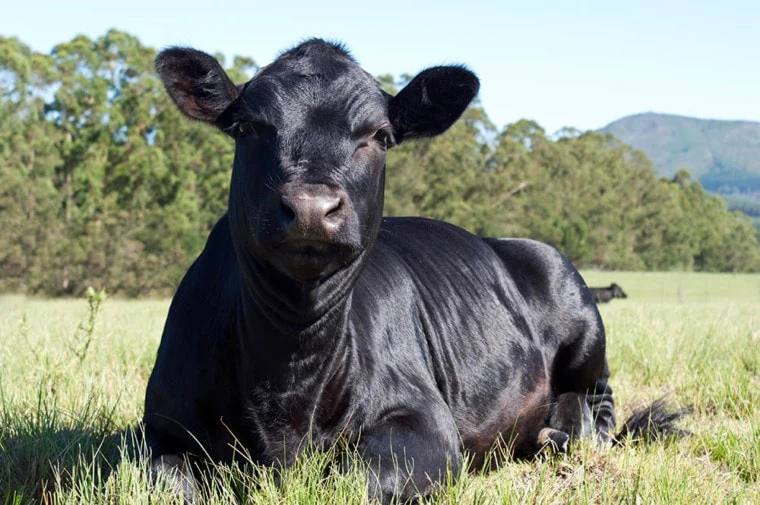
Size
1.2 m
Color
Red or Brown
Physical appearance
Senepol cattle have short hair and a coat in various tones of red, brown, or black. Their stature ranges from large to medium. They are polled and have dark eyes and skin tones. The udder integrity of cows has improved, and they make good moms and milk producers.

Characteristics and Genetics
The Senepol breed of beef cow originated in the Caribbean in St. Croix. Border collies Red Poll, N’Dama, Criola, and a trace of Zebu make up Senepol. Until recently, it was thought that Senepol descended only from Red Poll and N’Dama cattle that were imported in the late nineteenth century. The Senepol breed was developed by combining the Senepol’s resilience to high temperatures and insects with the Red Poll’s gentle disposition, excellent meat, and abundant milk production. They lack a nose and ears and have short, red, black, or brown hair.
Uses
Senepols are predominantly employed for meat production in the United States since these cattle are renowned for producing soft, delectable beef. However, they are also kept on dairy farms for milk production because they are good milk producers.
The Senepol is occasionally used in crossbreeding with dairy breeds to create milk cows that can withstand high temperatures. The Holstein, Jersey, and Ayrshire cow breeds are a few of the dairy breeds used in this crossbreeding.
Origins
On the tropical island of St. Croix, in the middle of the 1800s, an N’Dama and a Red Poll were crossed to create the Senepol cow breed. The Red Poll’s docile temperament and excellent meat and milk output were combined to create the Senepol, a breed of cattle with a high tolerance to heat and good pest resistance.
Table





